In 1956, the NEC® first required emergency lighting to be “designed and installed so that the failure of any single lighting element (e.g., a burnt-out bulb) will not render any space in total darkness.” Over time, the language evolved to “Emergency lighting systems shall be designed and installed so that the failure of any single lighting element (e.g., a burnt-out bulb) will not render any space in total darkness requiring emergency lighting.”
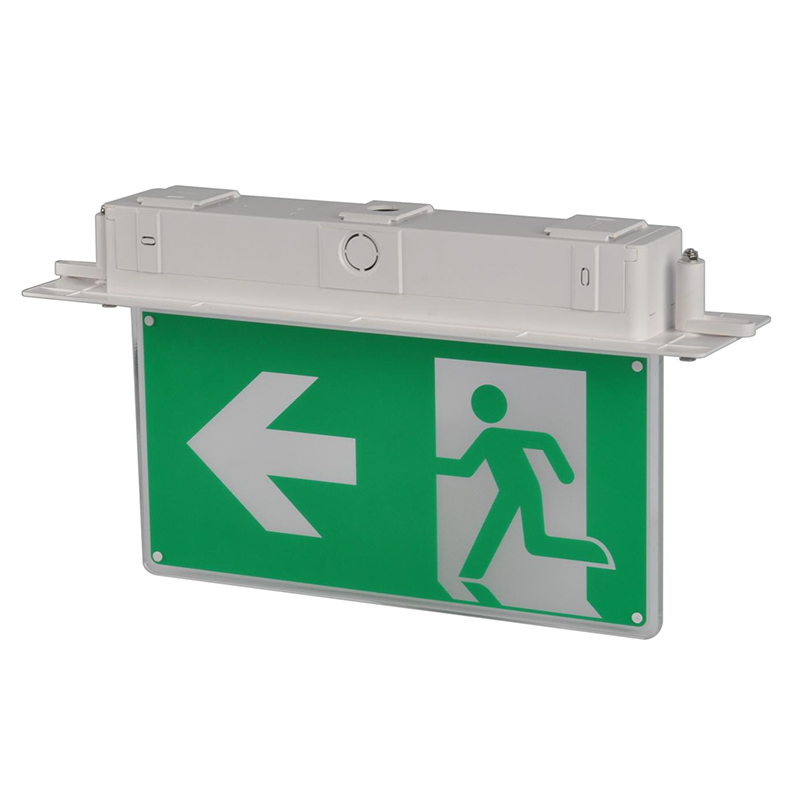
It is clear from the 1956 code language that the original idea was to address the short life of ordinary incandescent bulbs. New technology has brought ballasted fluorescent emergency luminaires and driver-powered LED luminaires into the spotlight, leaving designers, installers, and inspectors with many questions:
What is a “single lighting element”?
Is an LED driver a lighting element?
Is a ballast a lighting element?
If the failure of “any single lighting element” will not render an area in darkness, does each LED emergency luminaire need two drivers?
Does an emergency luminaire with one driver powering two groups of 16 LED lamps meet code, or do two sets of luminaires need to serve an area requiring emergency lighting?
Are many LED lamps in a string connected in series with other lamps? If a single LED lamp in a string fails, will the other lamps in the same string still operate?
Is an emergency luminaire with one ballast powering two fluorescent lamps compliant, or are two luminaires required to power areas requiring emergency lighting?
In the 2020 NEC®, revised language comes a step closer, but still does not answer all questions. The term “individual lighting element” has now been replaced with “lighting source,” and the example “such as a lamp burnout” has been removed to avoid narrowing the scope to which “lighting source” may apply.
700.16 Emergency Lighting. Emergency lighting shall include exit lighting, illuminated exit signs, and all other luminaires designated to provide the required lighting.
Emergency lighting systems shall be designed and installed so that even if any single lighting element fails (such as a lamp burnout), the space requiring emergency lighting will not be plunged into complete darkness.
When high-intensity discharge lighting, such as high-pressure or low-pressure sodium lamps, mercury lamps, or metal halide lamps, is used as the sole source of normal lighting, the emergency lighting system shall be required to operate until normal lighting is restored.
If an emergency system is installed and the circuit breaker is installed indoors, emergency lighting shall be provided within the circuit breaker area as required by 225.31 and 230.70.
NFPA 101, the Life Safety Code, and the International Building Code (IBC) require that all commercial and industrial buildings be equipped with emergency lighting to facilitate emergency evacuation of the building and to reduce the potential for panic in the event of a mass evacuation of the building during an emergency. While NFPA 101 and the IBC require emergency lighting, the National Electrical Code (NEC) defines the types of electrical equipment that may be used for emergency lighting and the installation requirements for circuits that power emergency equipment. Many local and some national codes require that all lighting in a building be energy efficient, so providing automatic load controls that can shut off lighting will allow a building to comply with energy efficiency features while still maintaining the life safety aspects of emergency lighting. The 2011 NEC now allows the use of automatic load control relays to help comply with energy efficiency requirements in local codes and to reconnect emergency loads.
According to 700.12 of the NEC, emergency lighting loads must automatically energize or re-energize within 10 seconds of a power outage and must remain energized for at least 90 minutes or the estimated time of building evacuation. Unit equipment or battery pack lighting is often used to provide temporary lighting during a power outage. Unit equipment is covered in 700.12(F) and includes rechargeable batteries, battery chargers, devices for one or more lights mounted on the unit equipment, devices for remote lights powered by the unit equipment, and relay devices to energize the unit equipment lights in the event of a lighting branch circuit failure. Batteries must be of appropriate rating and capacity to provide and maintain at least 87.5% of the nominal battery voltage for the total unit equipment light load for at least 1.5 hours, or the unit equipment must provide and maintain not less than 60% of the initial emergency lighting level for at least 1.5 hours.
If the unit equipment is not used for emergency lighting or is not the sole source of emergency lighting, additional power may be provided using an uninterruptible power supply (UPS), generator, fuel cell, or a separate service for providing emergency lighting. With this method of emergency lighting, selected branch circuits are automatically switched from normal power to emergency power by means of an electrically operated and mechanically maintained transfer switch in the event of a loss of normal power, in compliance with 700.5. In addition, the transfer switch is required to be listed for emergency use in accordance with UL 1008, the standard for transfer switches, and must be approved by the authority having jurisdiction as specified in 700.5(A) and (C). If the transfer switch is used for both emergency lighting and power, the transfer device must be used only for emergency loads as specified in 700.5(D). All wiring from the emergency power source must be completely independent of all other wiring and equipment, except as specified in 700.10(B)(1) through (5).
Section 700, Part V, states that switches installed in emergency lighting circuits must be arranged so that only authorized personnel can control emergency lighting. This ensures that the emergency lighting circuit cannot be inadvertently turned off, causing a lighting failure. Series switches or three-way or four-way switches are not permitted in emergency lighting circuits. Additional switches that are used only to activate emergency lights, not to disconnect them, are permitted. A dimming system that contains multiple dimmers in parallel for emergency systems may be used as a control device to energize emergency lighting circuits. This dimming system can selectively energize only those branch circuits required to provide minimum emergency lighting when the normal power fails.
Among other lighting control requirements, 700.24 in the 2011 NEC allows listed automatic load control relays (ALCRs) to automatically energize emergency lighting loads when the normal power is interrupted. Section 700.2 defines an ALCR as a device that energizes switched or normally closed lighting equipment from the emergency power source when the normal power source is interrupted and de-energizes or restores the equipment to its normal state when the normal power source is restored. Although an ALCR can be used to shunt control equipment and re-energize circuits that have been intentionally shut down or dimmed, it is still required to be connected to a single emergency power source. As stated in 700.24, an ALCR shall not be used as a transfer device and does not replace the need to use a transfer switch when connecting two power sources.

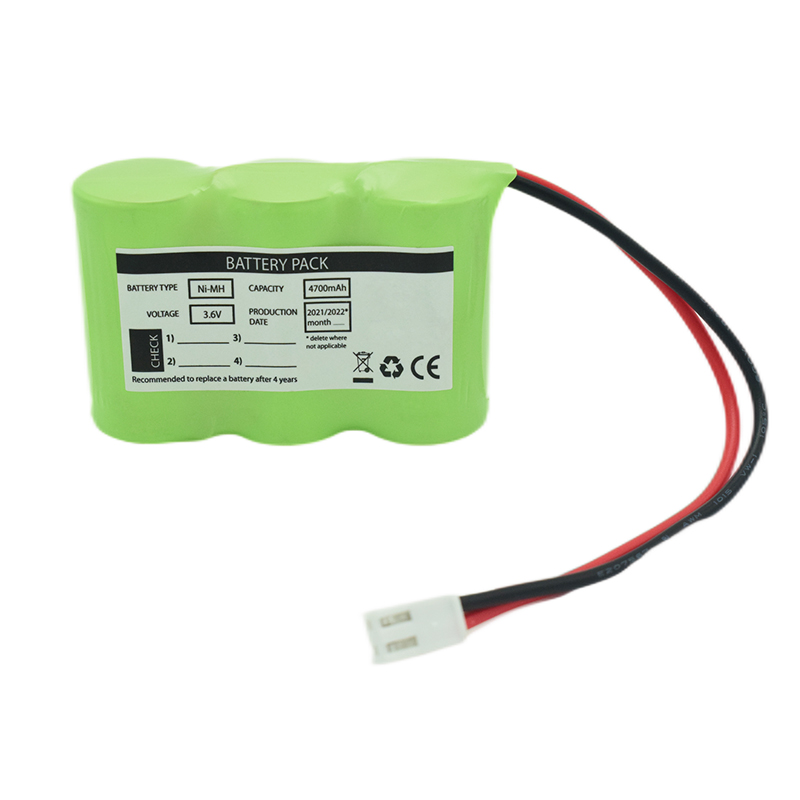 Ni-MH Battery C4700mAh 3.6V
Ni-MH Battery C4700mAh 3.6V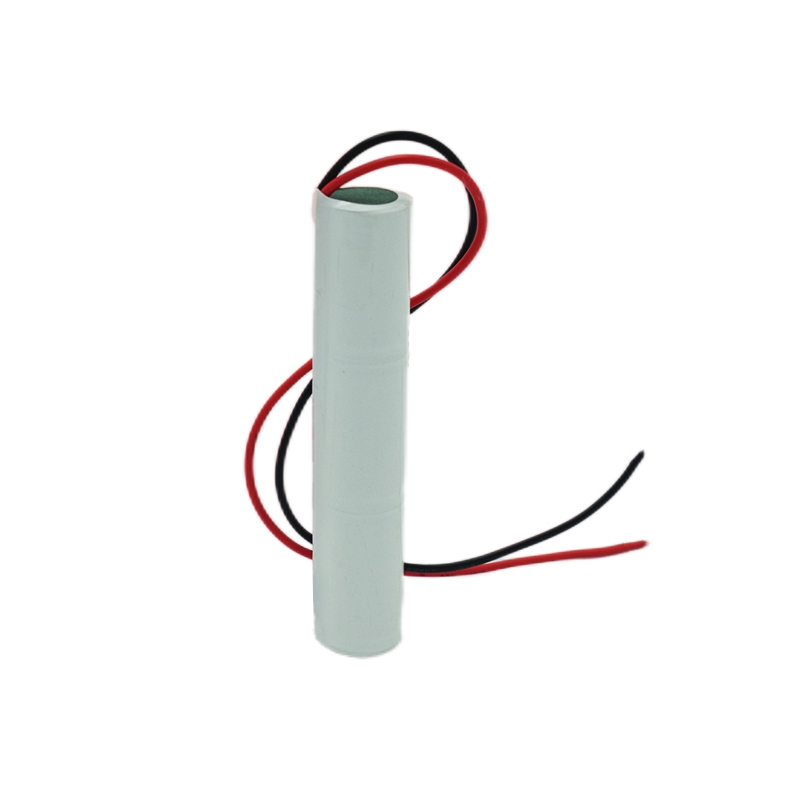 Nickel Cadmium Nicd Battery Pack SC1800mAh 3.6V
Nickel Cadmium Nicd Battery Pack SC1800mAh 3.6V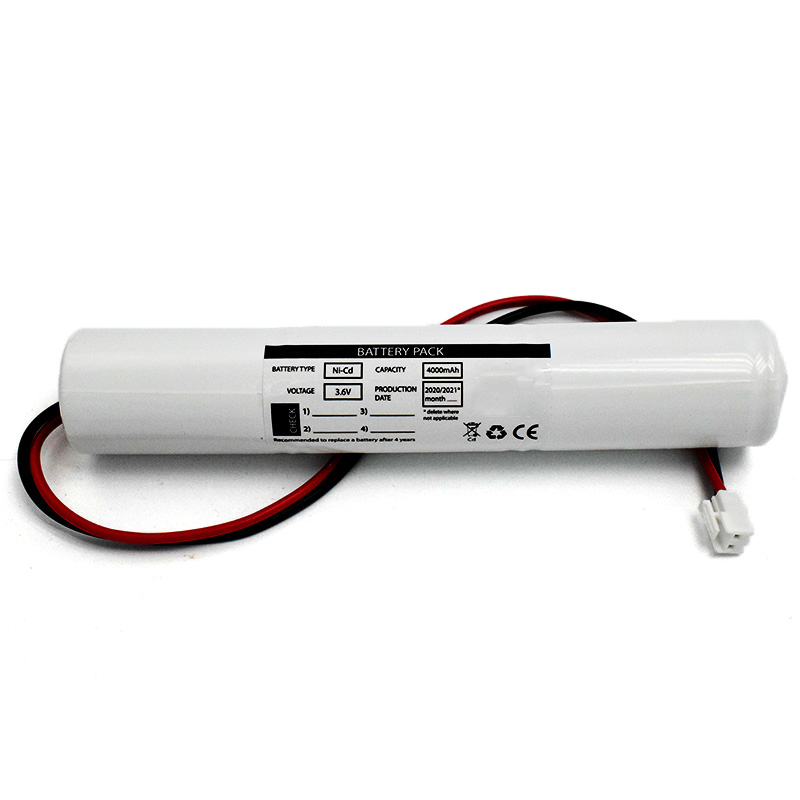 Ni-Cd Battery Pack D4000mAh 3.6V
Ni-Cd Battery Pack D4000mAh 3.6V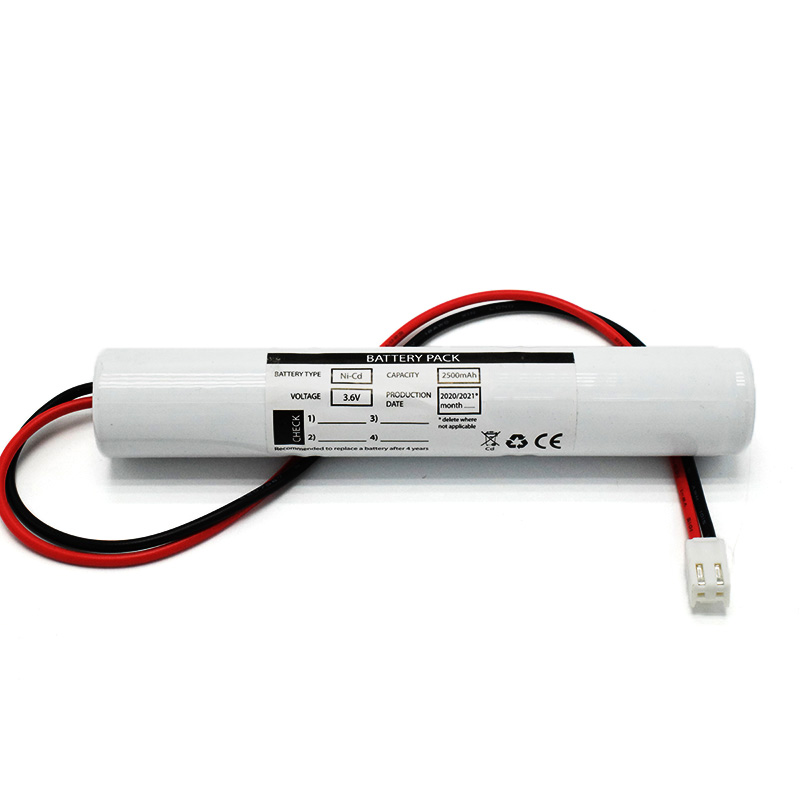 Ni-Cd Battery Pack C2500mAh 3.6V
Ni-Cd Battery Pack C2500mAh 3.6V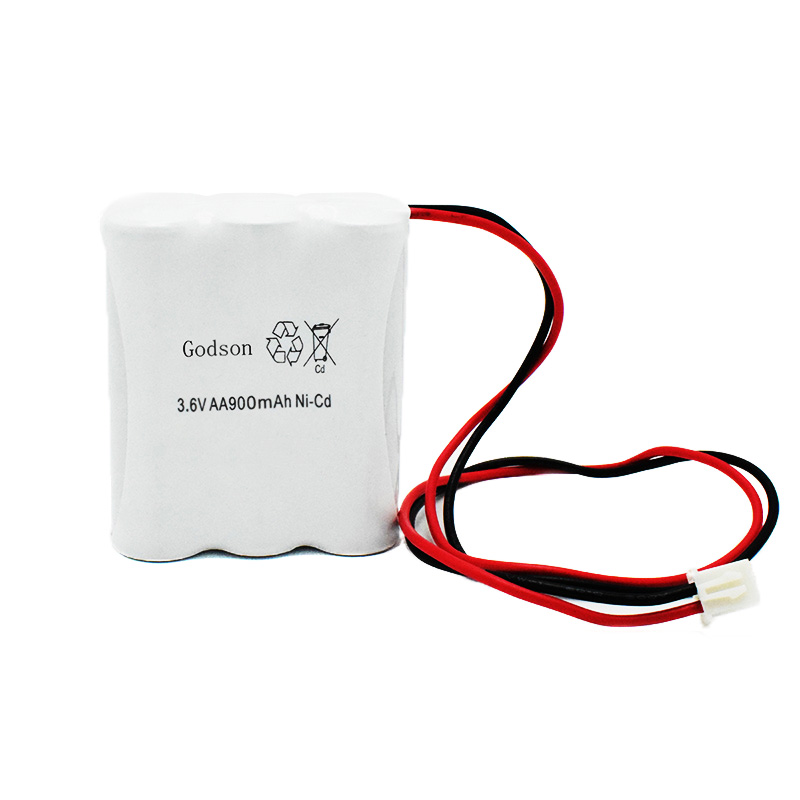 NICAD Battery Pack AA900mAh 3.6V
NICAD Battery Pack AA900mAh 3.6V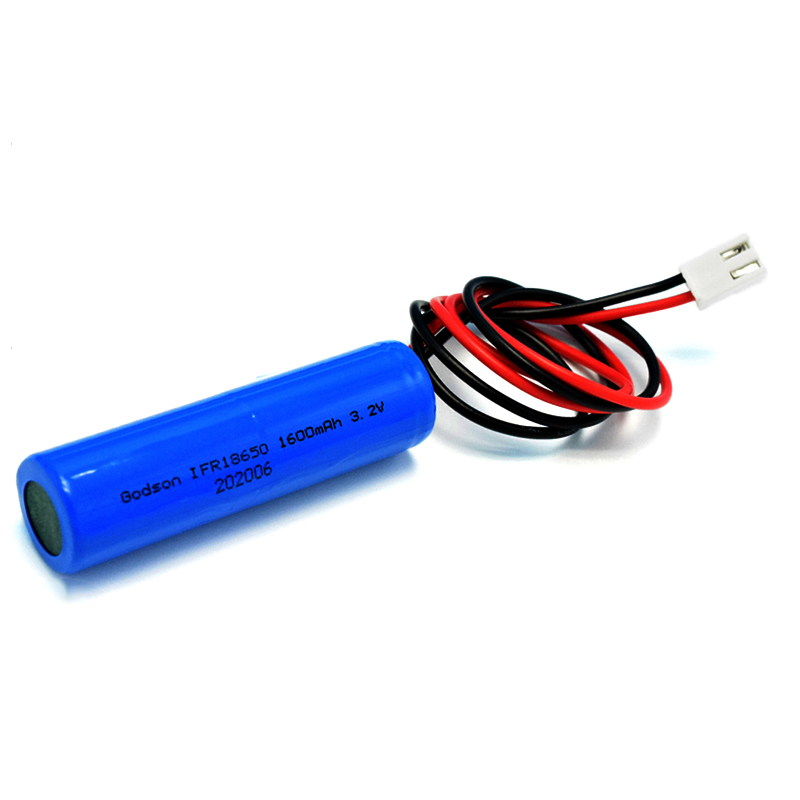 LiFePO4 IFR18650 1600mAh 3.2V
LiFePO4 IFR18650 1600mAh 3.2V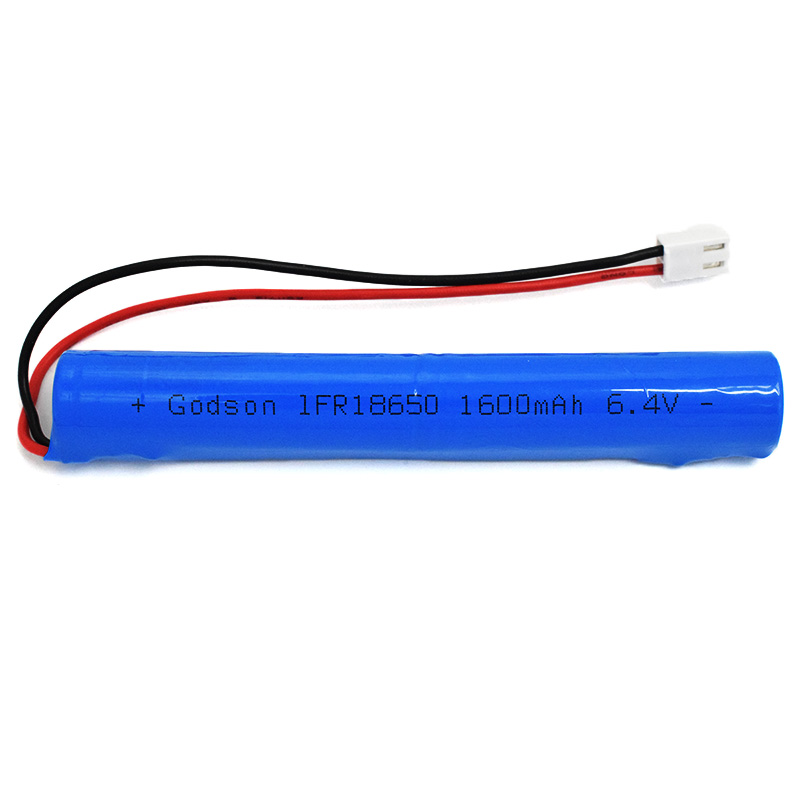 LiFePO4 IFR18650 1600mAh 6.4V
LiFePO4 IFR18650 1600mAh 6.4V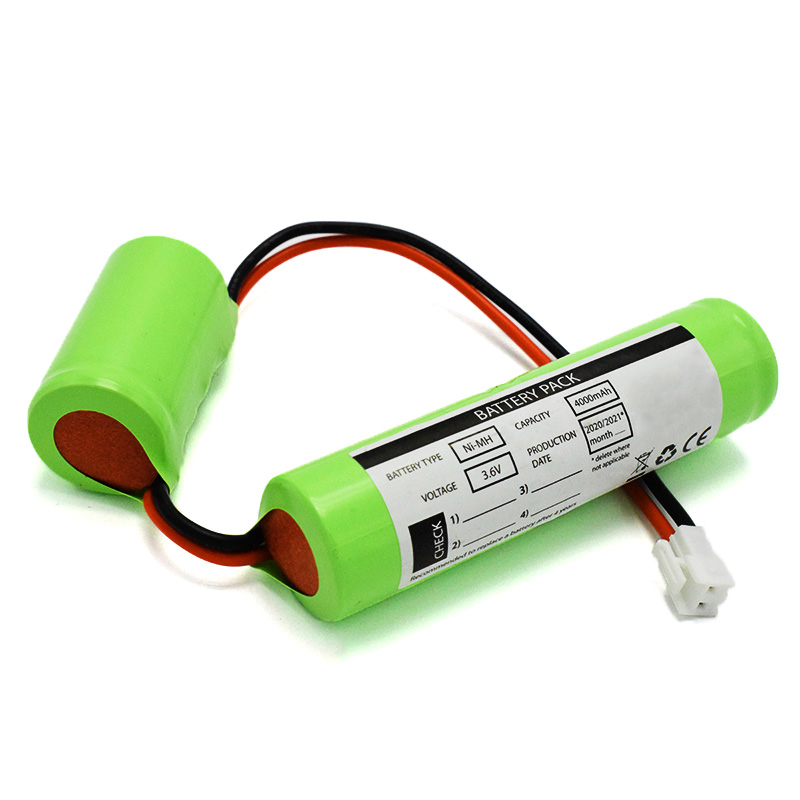 Ni-MH Battery C4000mAh 3.6V
Ni-MH Battery C4000mAh 3.6V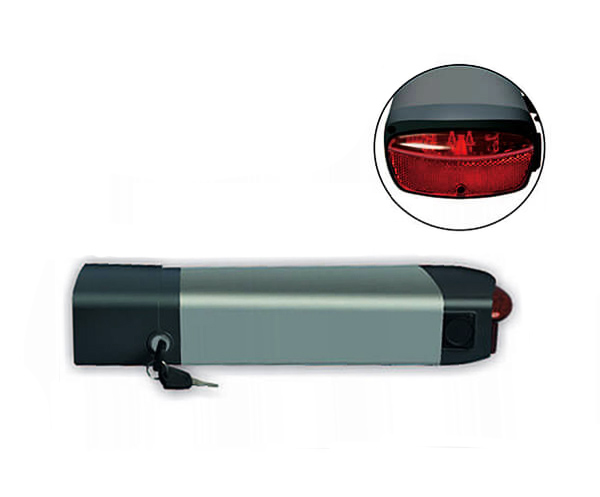 E-bike Battery 48V 10Ah JL-1
E-bike Battery 48V 10Ah JL-1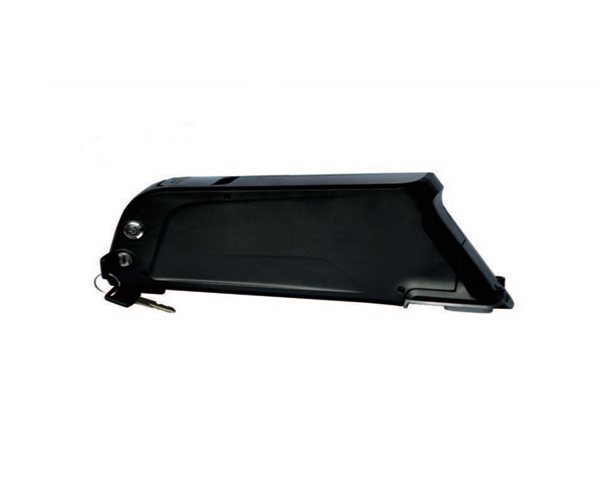 E-bike battery 48V 10Ah Qing Tian
E-bike battery 48V 10Ah Qing Tian